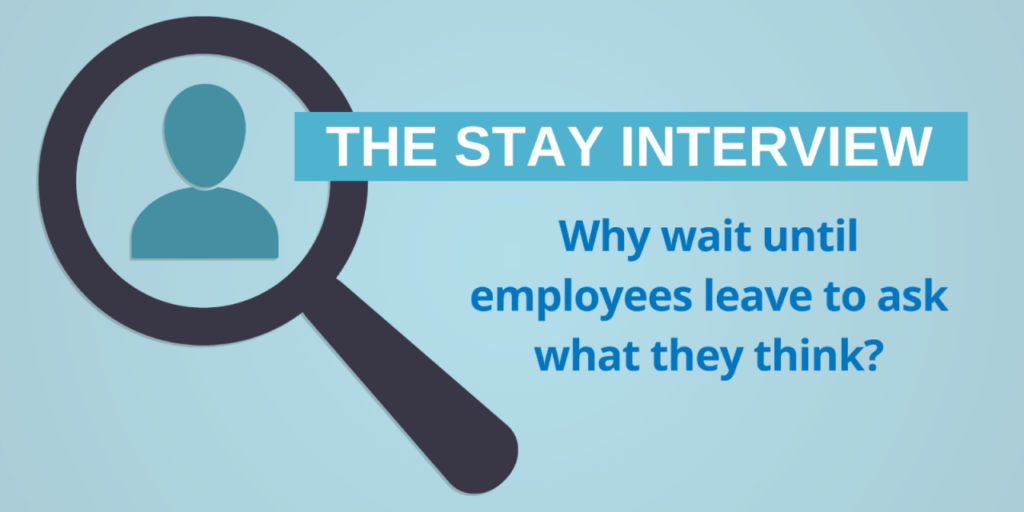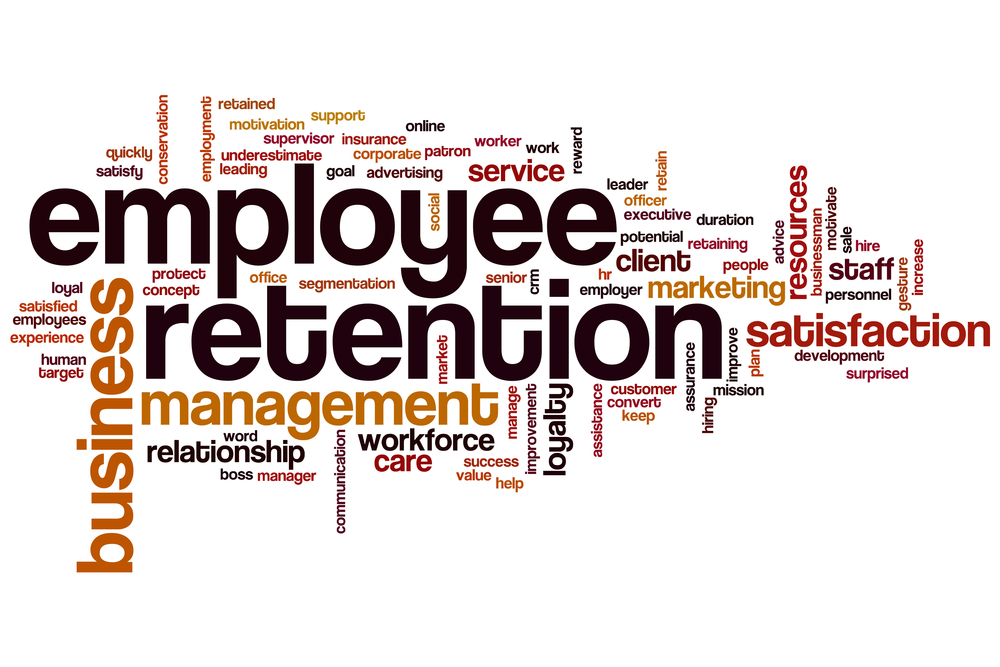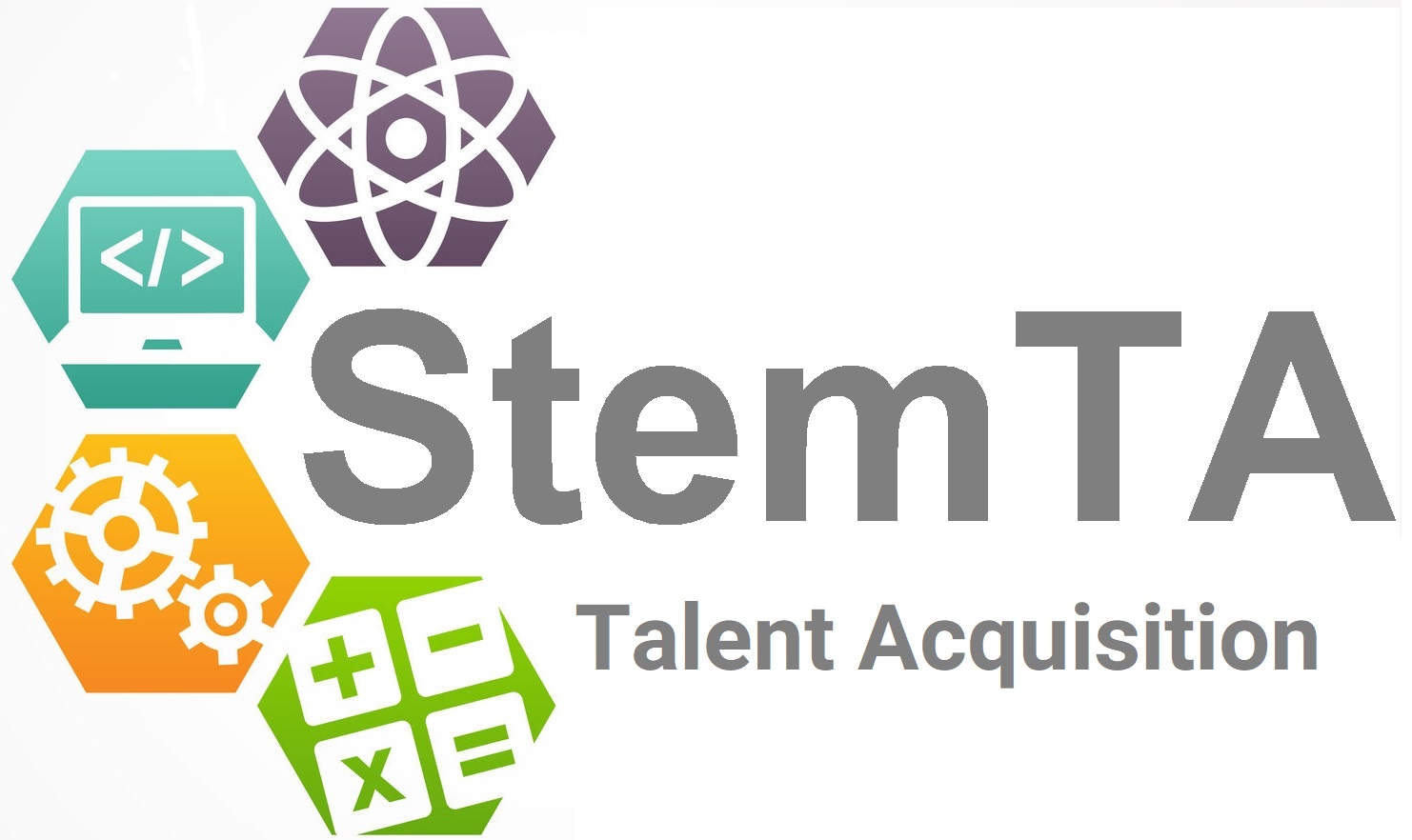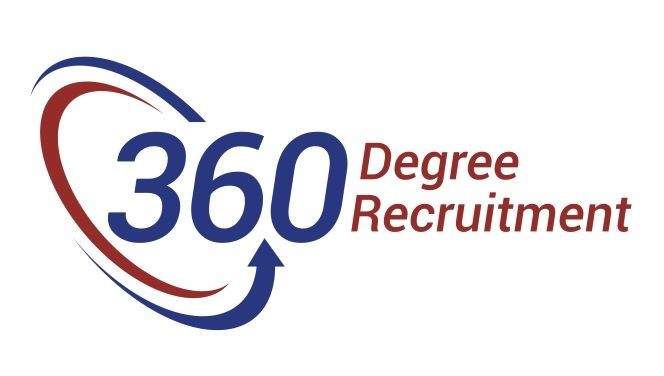Stay Interviews: Navigating Employee Retention

Stay Interviews: Navigating Employee Retention in the Great Reshuffle of 2023
As the world grapples with the ongoing effects of the Great Reshuffle, a phenomenon that has significantly altered the global workforce landscape, organizations are actively seeking innovative strategies to maintain their critical talent. In this era of unprecedented turnover and job mobility, the traditional exit interview has evolved into a more proactive and employee-centric approach known as the “stay interview.” This transformative conversation centers not on the reasons an employee might leave, but rather on why they choose to remain. As businesses strive to adapt to the shifting dynamics of the employment market, integrating stay interviews into their engagement and retention strategies has emerged as a powerful tool to enhance loyalty, commitment, and job satisfaction among their workforce.
Understanding Stay Interviews in the Context of the Great Reshuffle
The Great Reshuffle has seen workers reevaluate their priorities, leading to higher turnover rates and increased competition for talent. To address this challenge, organizations are recognizing the importance of focusing on the employees who have chosen to stay. The stay interview process acknowledges that retaining valuable employees requires more than just competitive compensation; it involves fostering an environment where employees feel valued, engaged, and connected to the organization’s mission.
The Benefits of Stay Interviews
- Motivating Employees: Stay interviews create a sense of excitement and validation for employees, demonstrating that the organization cares about their future within the company. The mere act of engaging in a stay interview can rekindle enthusiasm and commitment.
- Personalized Approach: Unlike broad surveys or generic retention tools, stay interviews are personalized discussions tailored to individual employees. This customization helps managers understand the unique needs, aspirations, and concerns of each team member.
- Action-Oriented: Unlike traditional exit interviews that primarily identify problems after an employee has decided to leave, stay interviews emphasize identifying actionable steps to enhance the employee experience. This proactive approach empowers both managers and employees to collaboratively improve working conditions.

Learning Objectives of Integrating Stay Interviews
Organizations keen on elevating their retention efforts through stay interviews can achieve the following learning objectives:
- Recognizing Triggers for Departure: Gain insights into the factors that may prompt employees to consider leaving, allowing organizations to address issues preemptively.
- Balancing Benefits and Challenges: Understand the advantages and potential challenges associated with implementing stay interviews within the organizational context.
- Mastering Effective Interview Techniques: Acquire skills in asking probing questions and conducting efficient yet impactful stay interviews that foster open communication.
- Customizing Questionnaires: Learn how to develop and tailor stay interview questions to create meaningful dialogues that uncover individual employee motivations and concerns.
- Crafting Stay Plans: Discover strategies to create personalized stay plans that address employee needs and aspirations, enhancing their commitment to the organization.
- Implementing Retention Actions: Explore a comprehensive toolkit of retention actions that can strengthen employee loyalty and bolster their commitment to the company.
- Guidelines for Successful Stay Interviews: Delve into practical considerations such as participant selection, interview timing and frequency, interview format, and strategies for responding to requests for promotions or raises.
In the midst of the Great Reshuffle, organizations are presented with both challenges and opportunities in retaining their valuable talent. The rise of stay interviews as a central retention strategy signifies a paradigm shift in how companies engage with their workforce. By placing emphasis on ongoing communication, personalized attention, and actionable solutions, businesses can effectively navigate the current employment landscape and maintain a dedicated and motivated team. In the dynamic world of work, organizations that invest in the longevity and growth of their employees through stay interviews stand to reap the rewards of a resilient, engaged, and committed workforce.

Top 20 Questions to ask during Stay Interviews
During a stay interview, the goal is to have an open and candid conversation with the employee to understand their motivations, concerns, and aspirations, as well as to identify opportunities for improvement within the organization. Here are some sample questions that can be asked during a stay interview:
- What aspects of your current role do you find most fulfilling and enjoyable?
- What keeps you engaged and motivated to come to work each day?
- Can you share any specific accomplishments or projects that have made you feel proud to be part of the team?
- What skills or talents do you feel are underutilized in your current role? How could we leverage them more effectively?
- Are there any areas in your current role that you find challenging or less satisfying? How do you think these challenges could be addressed?
- What opportunities for professional development or learning would you like to explore in the future?
- How would you describe your work-life balance? Is there anything we could do to support you better in this regard?
- Do you feel that your contributions and efforts are recognized and appreciated within the organization? Is there anything specific you would like to see in terms of recognition?
- Are there any changes or improvements you would suggest for the team’s processes, communication, or collaboration?
- What are your short-term and long-term career goals, and how do you see them aligning with your current role and the organization’s trajectory?
- Do you have a clear understanding of the opportunities for advancement within the company? Is there a particular direction you would like to grow in?
- Is there anything about your current compensation, benefits, or rewards that you believe could be enhanced?
- How do you envision your role evolving in the next year or two? Are there any new responsibilities you’d be interested in taking on?
- If you could make one change or improvement within the organization, what would it be?
- Do you feel comfortable expressing your opinions, ideas, and concerns to your immediate supervisor and the leadership team?
- Are there any additional resources, tools, or support that you believe would help you excel in your role?
- What are the key factors that make you want to stay with the company, and how can we ensure that those factors remain in place?
- Are there any external factors, such as work environment or personal circumstances, that could impact your commitment to your current role?
- Do you have any suggestions for enhancing team morale and fostering a positive work culture?
- Is there anything else you’d like to discuss or share about your experience working with the organization?
Remember, the goal of stay interviews is to create an open and supportive dialogue. The questions should be asked in a non-confrontational and empathetic manner, allowing the employee to express their thoughts and feelings freely. These questions can serve as a starting point, and managers should be prepared to listen actively, ask follow-up questions, and adapt the conversation based on the employee’s responses.



